University Cybersecurity: Monitoring & Intrusion Detection Systems
VerifiedAdded on 2022/08/25
|5
|866
|20
Homework Assignment
AI Summary
This assignment delves into the critical aspects of monitoring and intrusion detection systems (IDS) within the context of cybersecurity. It begins by examining a significant incident in the aviation industry, highlighting the importance of robust security measures. The assignment then identifies current threat actors, analyzing their motives, opportunities, and methods, with specific examples. It further explores social engineering attacks and their relationship to the cyber kill chain, emphasizing the stages of a cyberattack from reconnaissance to exfiltration. The core of the assignment focuses on the functionality of IDS/IPS, detailing how they monitor network traffic, identify potential threats, and report incidents to security administrators, including the use of firewalls and DMZs. The assignment also stresses the importance of prioritizing DDoS threats and the role of IDS/IPS in mitigating such attacks, concluding with a discussion of how these systems track connections and verify legitimate traffic. The student has provided a comprehensive overview of the subject matter.
1 out of 5
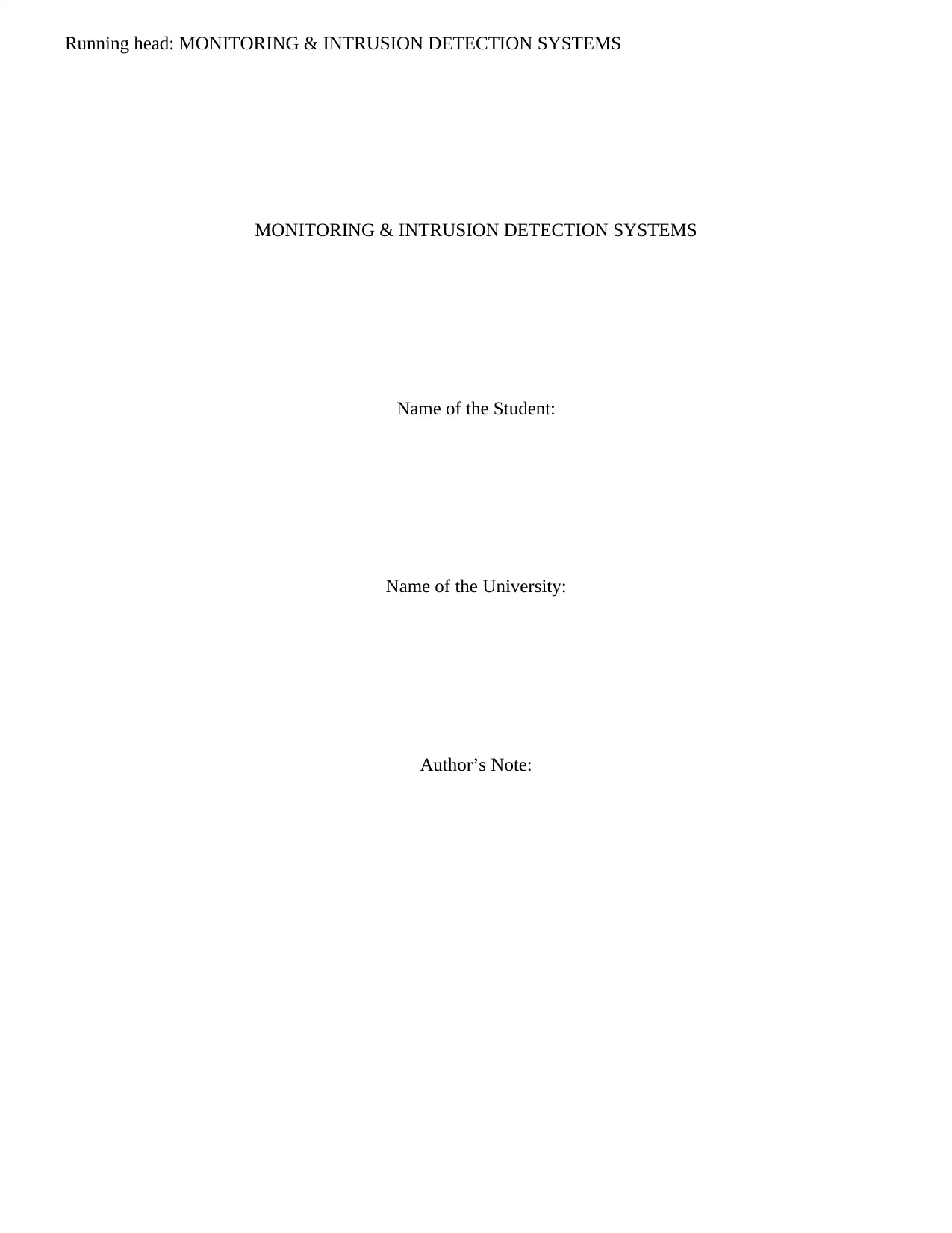
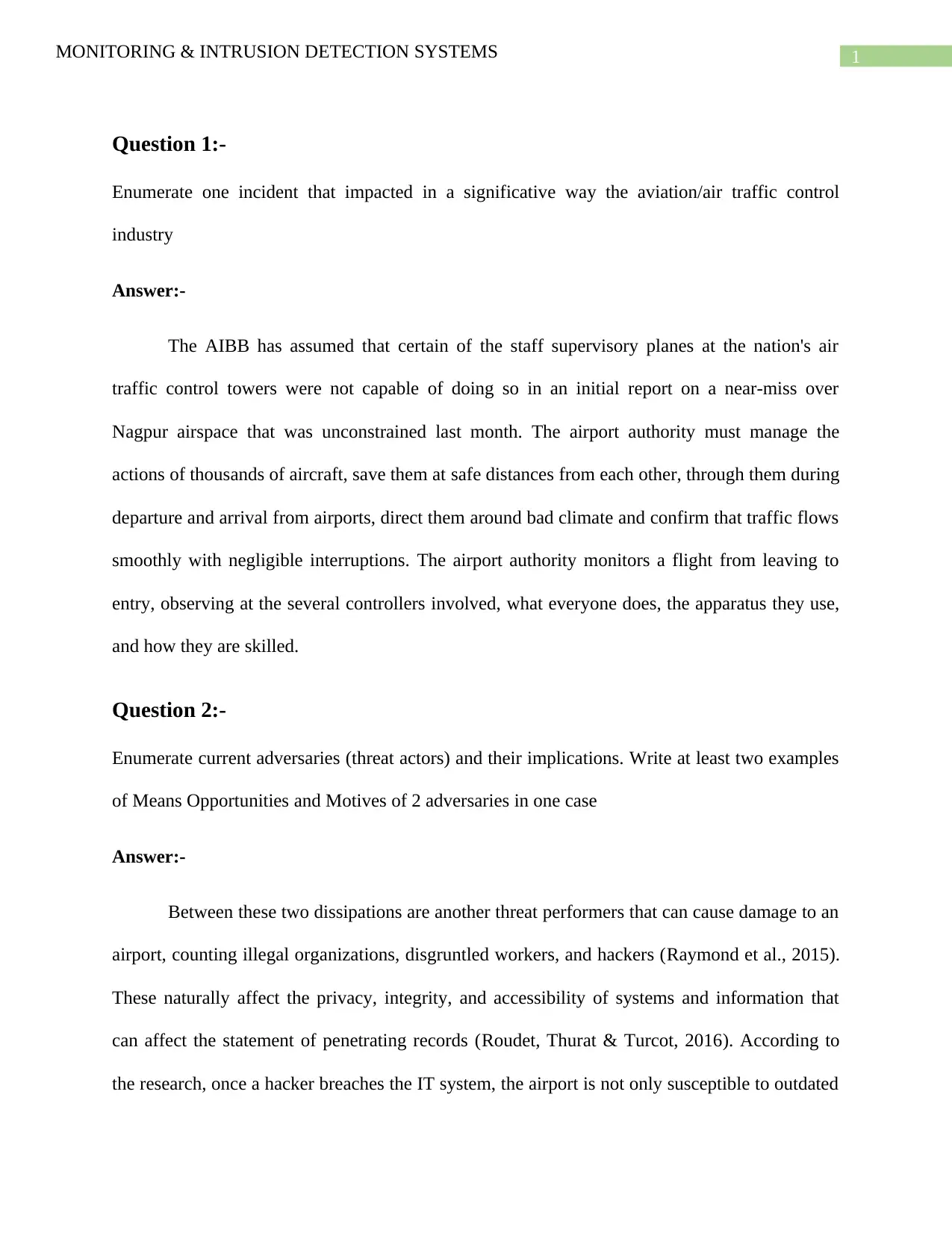
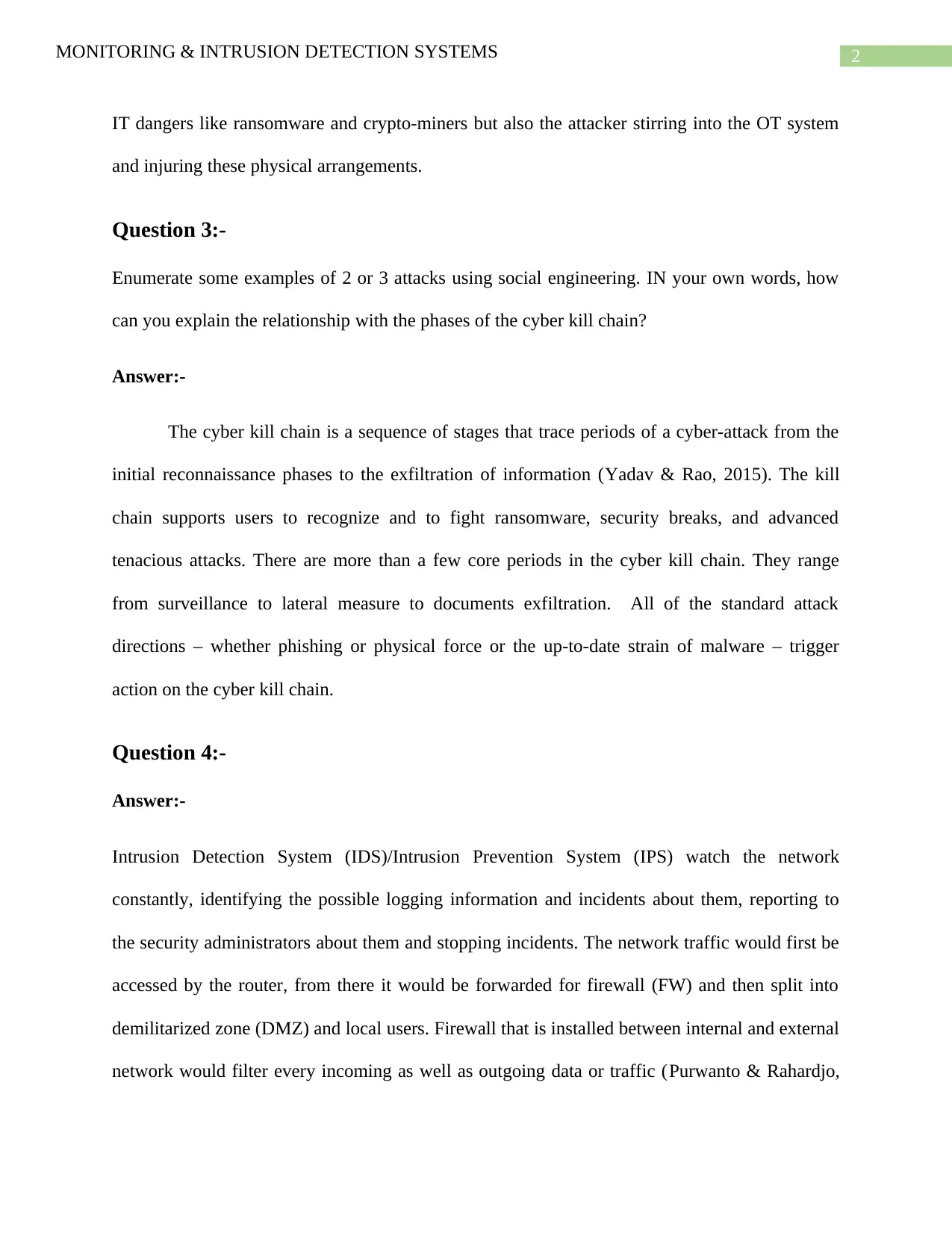

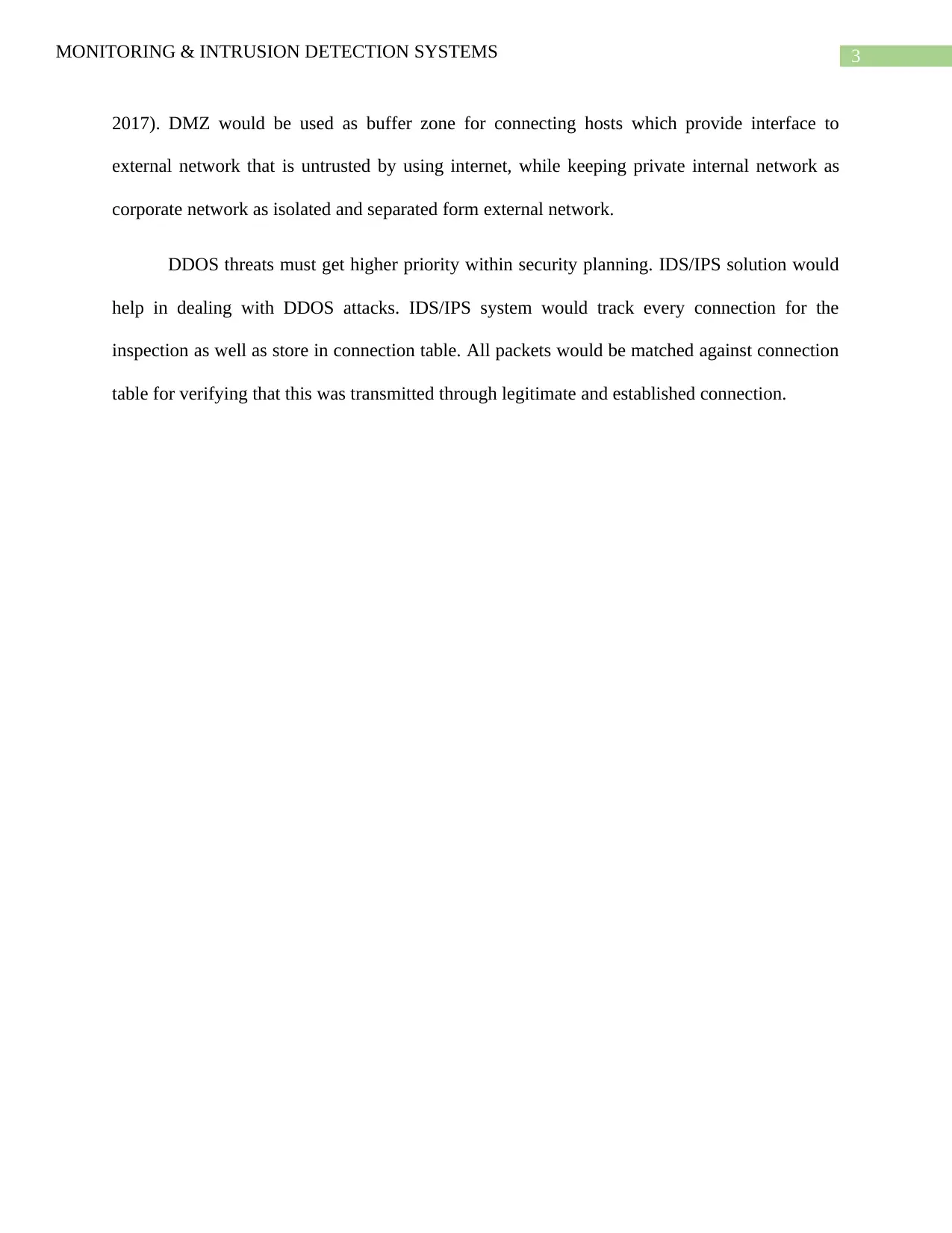
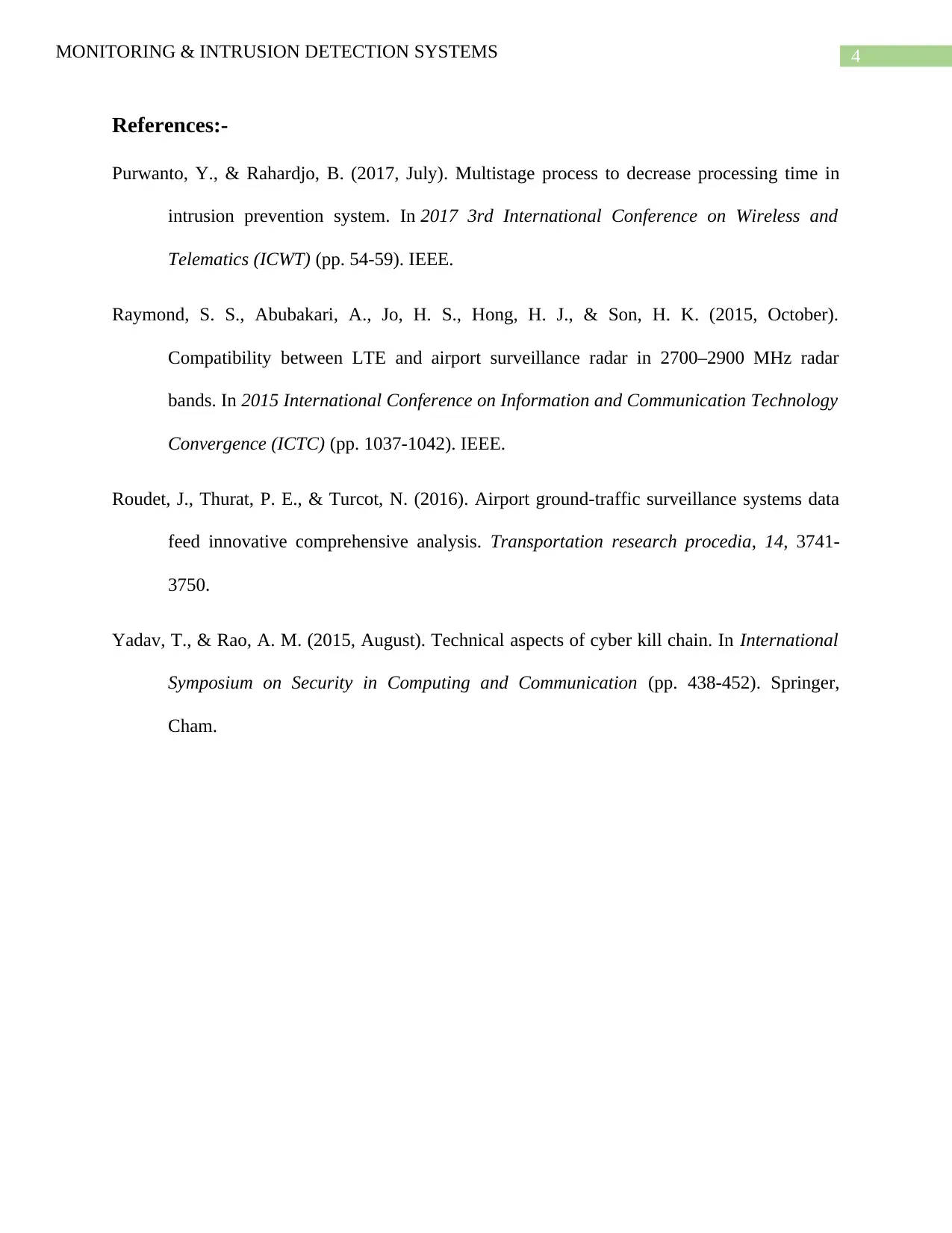



![[object Object]](/_next/static/media/star-bottom.7253800d.svg)